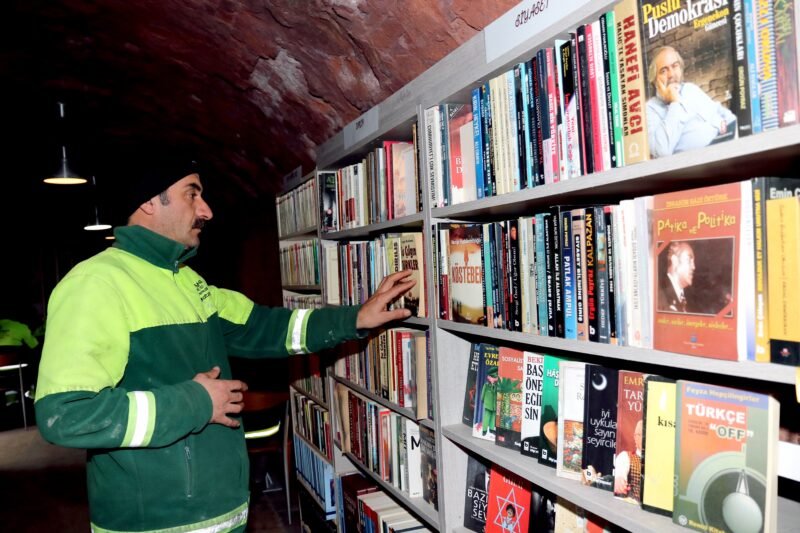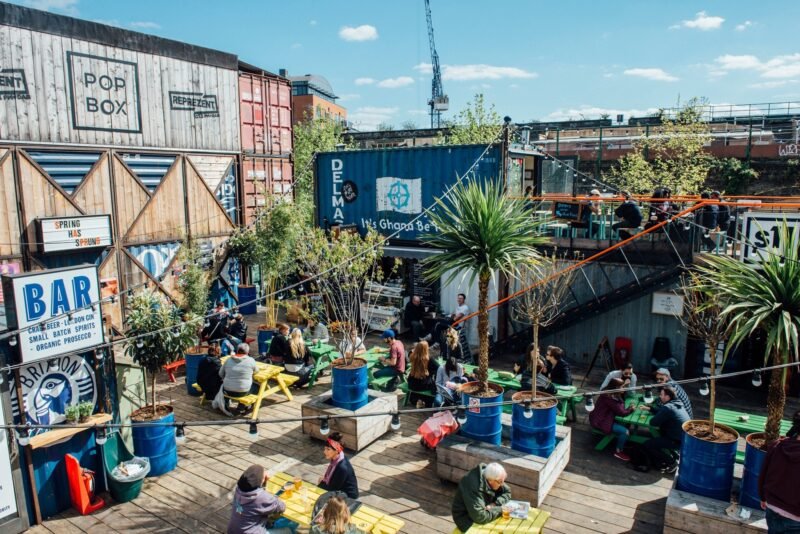We Own The City: Enabling Community Practice In Architecture And Urban Planning
Earlier this year, our friends over at CITIES have launched their second book, We Own the City. The book is all about how traditional top-down players rethink their processes to enable more involvement from the local community.
The innovative approaches which are being used by these players are elaborated in the book and also interviews with practitioners of prominent firms such as David Gianotten (OMA Asia) and Bart Reuser (NEXT architects) are included.
Editors Francesca Miazzo and Tris Kee claim that the increasing collection of initiatives such as neighborhood bars represents a paradigm change in organizing the city. Various international urban redevelopment projects in the book, such as Cyclification in Moscow and Treasure Hill in Taipei, illustrate this paradigm change. In order to enable community practice in architecture and urban planning, one needs legal possibilities which can facilitate more flexible use of space. Better legal frameworks for doing ‘small things collectively’ encourages more community entrepreneurs. Loosening regulations regarding costs also stimulates small initiatives.
“Better legal frameworks for doing ‘small things collectively’ encourage more community entrepreneurs”
An example from practice, also described in the book, is ‘I can change the world with my two hands’. This remarkable story is about Natascha Hagenbeek, artist and local resident of Landlust, Amsterdam. She took the initiative to create a community garden in order to improve her neighborhood. Her first application in 2009 failed due to the lack of procedures to assign public space to private citizens, but after a successful pilot project, funded by a neighborhood participation budget, the permit was extended for five years in 2010. The proud project leader is being supported by 35 volunteers managing the garden and more than one hundred residents profit from the harvested products of the garden.
The book We Own The City, by practitioners for practitioners, provides new recommendations to top-downers about the practice of bottom-up planning. Working with community practice starts with trusting residents to manage public space, which basically comes down to a low-budget solution to the many unused spaces and empty buildings, enhancing social control and liveliness in the city.






